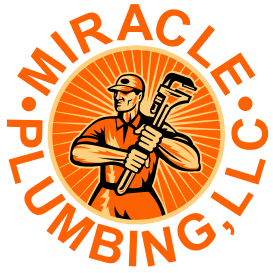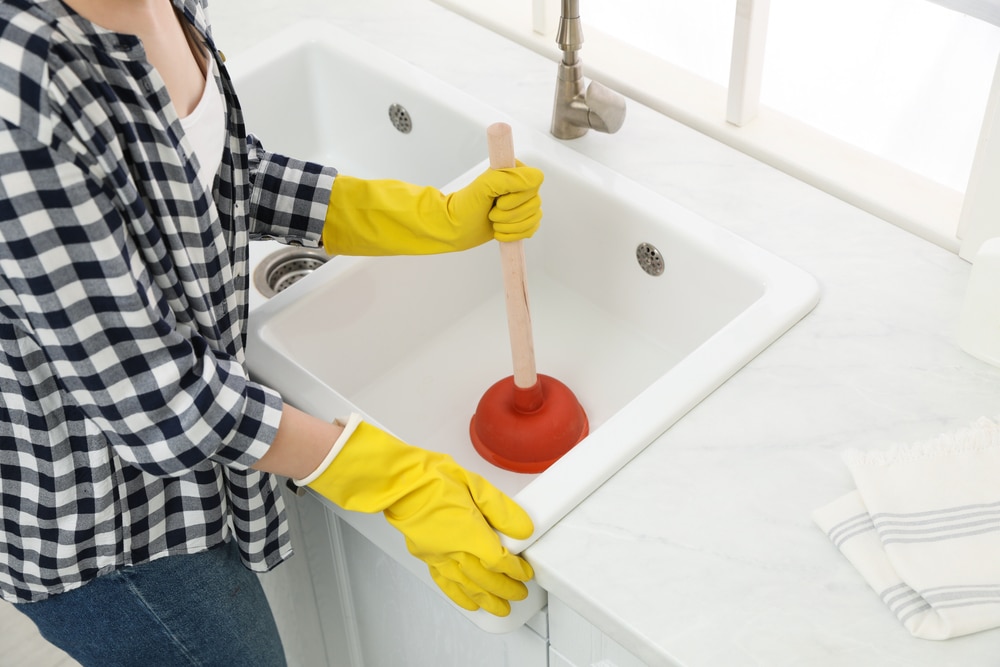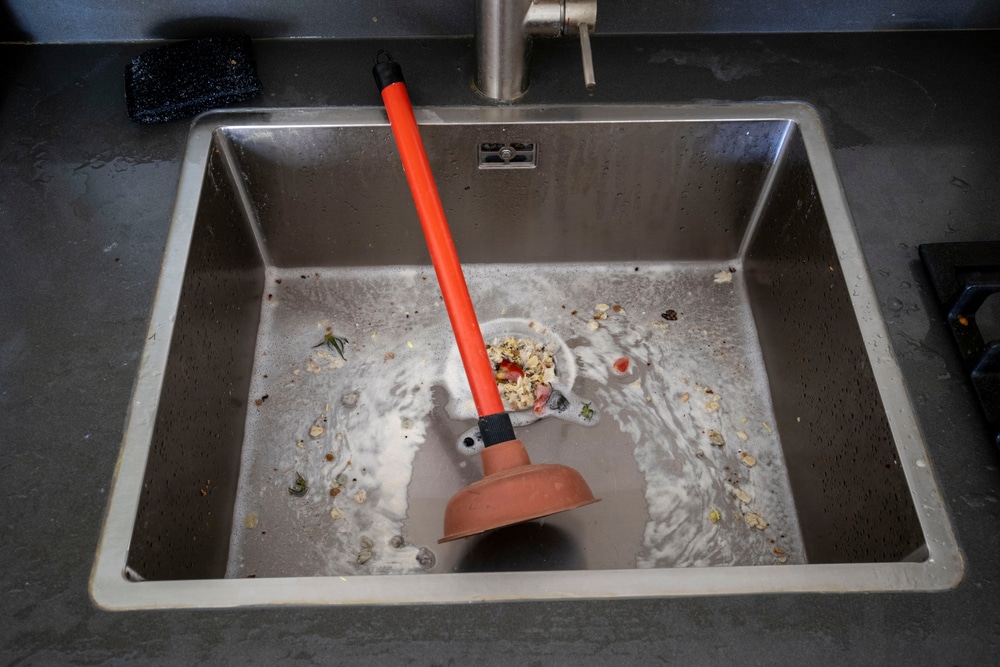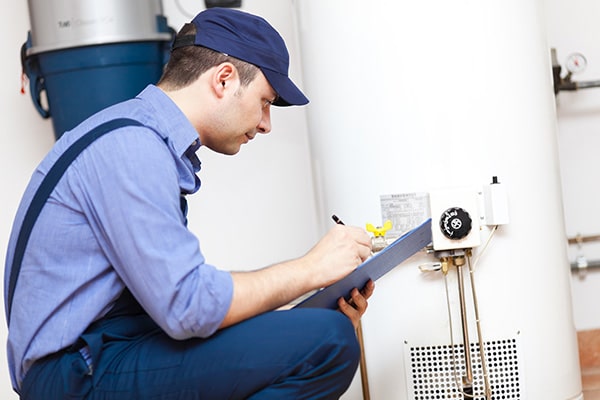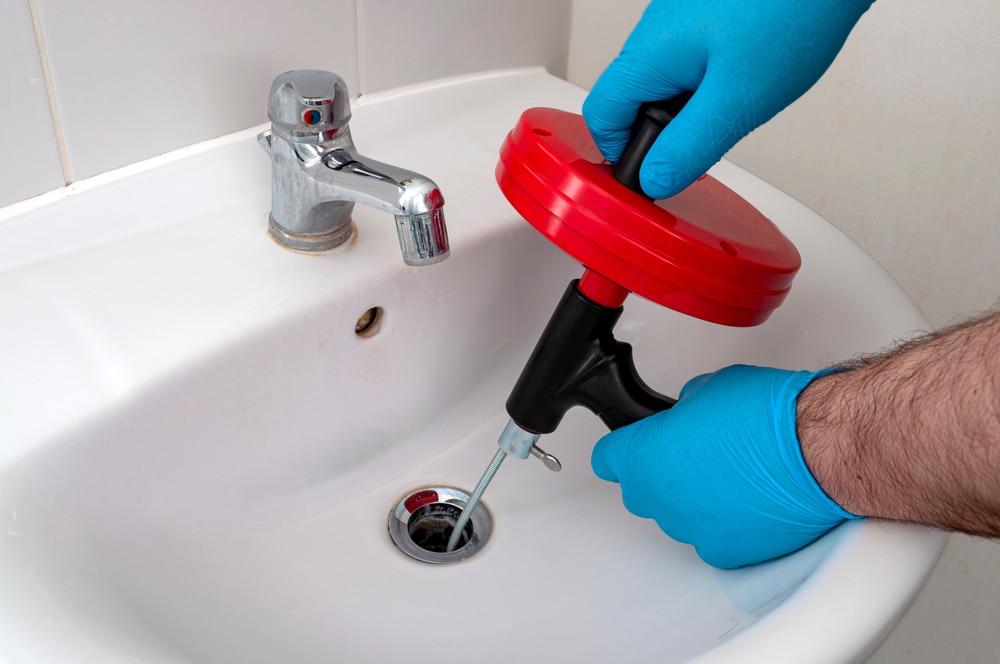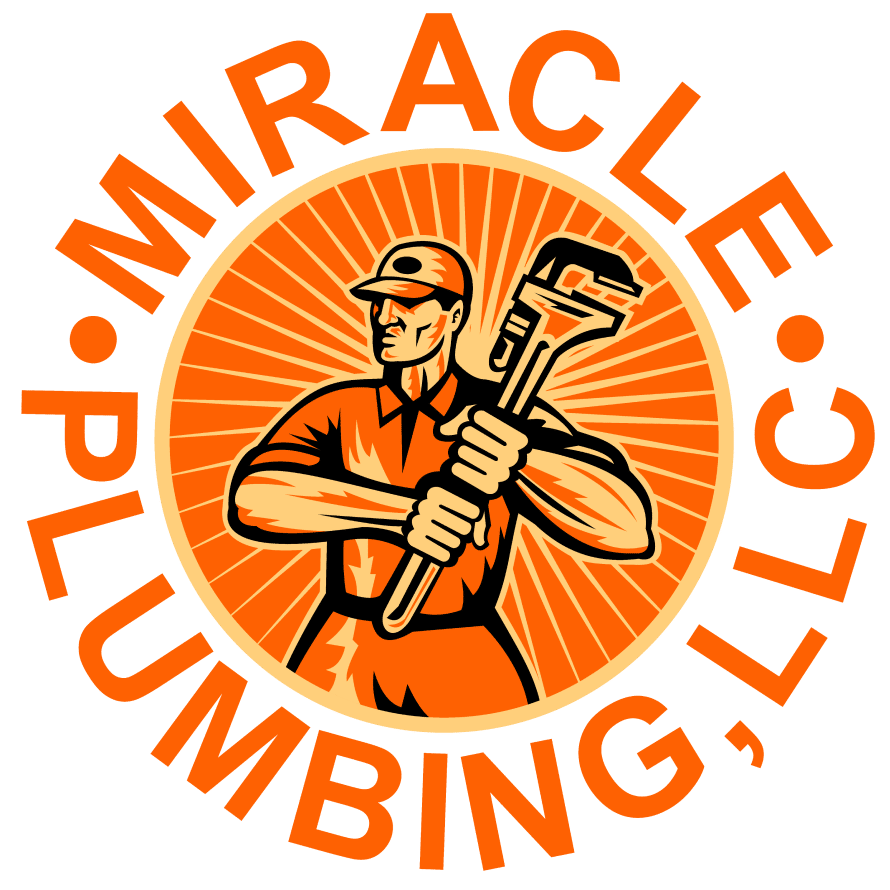Clogged drains are a common household problem that can cause a lot of frustration. A blocked drain can lead to slow water drainage, foul odors, and even water damage. While calling a professional plumber is always an option, there are many DIY methods to clean a clogged drain that can save you time and money. In this article, we will provide you with a comprehensive guide on how to clean a clogged drain.
What Causes a Clogged Drain?
Before we delve into the different methods to clean a clogged drain, it is important to understand what causes it in the first place. Some common causes of a clogged drain include:
- Accumulation of hair, soap scum, and other debris in the bathroom sink or shower drain
- Food particles, grease, and oil buildup in the kitchen sink drain
- Tree roots, foreign objects, or other obstructions in the main sewer line
- Inadequate flushing of the toilet or flushing of non-flushable items
Understanding the cause of the clogged drain can help you choose the most effective cleaning method.
Method 1: Use Boiling Water
Boiling water is one of the easiest and most effective ways to clean a clogged drain. Here’s how to do it:
- Boil a pot of water on the stove or in the microwave.
- Slowly pour the boiling water down the drain in two to three stages, waiting a few seconds between each pour.
- Test the drain to see if it is unclogged. If not, repeat the process.
Note: Do not use boiling water if you have PVC pipes, as the high temperature can damage them.
Method 2: Use a Plunger
A plunger is a useful tool for unclogging a drain, especially if the clog is caused by a buildup of organic matter. Here’s how to use a plunger:
- Fill the sink or tub with enough water to cover the bottom of the plunger.
- Place the plunger over the drain and push down firmly.
- Pump the plunger up and down vigorously several times.
- Repeat the process until the drain is unclogged.
Note: Use a plunger specifically designed for sinks or toilets, as they have different shapes.
Method 3: Use Baking Soda and Vinegar
Baking soda and vinegar are a natural and effective way to clean a clogged drain. Here’s how to use them:
- Pour a pot of boiling water down the drain to remove any loose debris.
- Pour ½ cup of baking soda down the drain.
- Follow with ½ cup of vinegar.
- Cover the drain with a plug or cloth to contain the reaction.
- Wait 5 to 10 minutes.
- Pour another pot of boiling water down the drain to flush it.
Note: This method may not work for severe clogs or if you have PVC pipes.
Method 4: Use a Drain Snake
A drain snake is a flexible tool that can be used to unclog a drain. Here’s how to use it:
- Insert the snake into the drain until you feel resistance.
- Rotate the snake to break up the clog.
- Slowly pull the snake out, removing any debris along the way.
- Repeat the process until the drain is unclogged.
Note: Use a drain snake carefully to avoid damaging your pipes.
Method 5: Call a Professional
If all else fails, it may be time to call a professional plumber. A plumber has the knowledge and tools to properly diagnose and fix the problem, saving you time and frustration.
Conclusion
Cleaning a clogged drain can be a tedious and frustrating task, but it is an essential part of maintaining your home’s plumbing system. With the methods outlined in this article, you can save money and avoid the hassle of calling a plumber. Remember to identify the cause of the clog before choosing a cleaning method, and be cautious when using tools like a drain snake. If all else fails, don’t hesitate to call in a professional.
FAQs
- How often should I clean my drains?
- It’s a good idea to clean your drains once a month to prevent buildup and clogs.
- Can I use chemical drain cleaners to clean a clogged drain?
- While chemical drain cleaners can be effective, they can also damage your pipes over time. It’s best to use natural cleaning methods whenever possible.
- How can I prevent clogs in the first place?
- To prevent clogs, avoid putting grease, oil, and food scraps down the kitchen sink, use a hair strainer in the bathroom sink and shower, and only flush toilet paper down the toilet.
- What should I do if the clog is in the main sewer line?
- If the clog is in the main sewer line, it’s best to call a professional plumber to avoid causing further damage.
- Can a clogged drain cause water damage?
- Yes, a clogged drain can cause water to back up and overflow, leading to water damage in your home.


